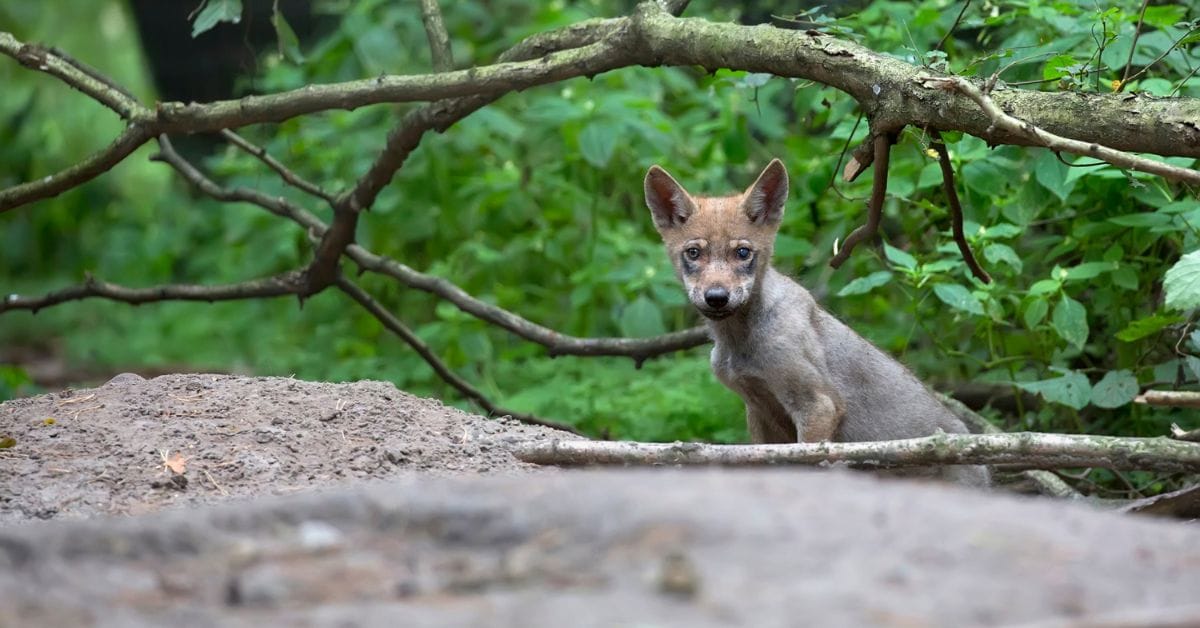For the first time in over 200 years, wolf pups have been born in Denmark’s Lille Vildmose, sparking concern among local residents as the country records 44 new wolf pups nationwide in 2025.
Historic Wolf Birth Stirs Emotions in Northern Denmark
For the first time in more than two centuries, wolf pups have been confirmed in Lille Vildmose, a vast peat bog and nature reserve in Northern Jutland, Denmark. The presence of the pups, born in the wild, has reignited local debates over the reestablishment of wolves in Danish nature. While conservationists see the development as a positive sign of biodiversity returning, residents living in and around the small town of Mou, adjacent to the area, are expressing unease.
This marks a significant moment in Denmark’s wildlife history, as wolves were eradicated from the country in the early 1800s. They began returning to Denmark from neighboring Germany around 2012, and the population has grown steadily. According to data from the National Wolf Monitoring Program at Aarhus University, a total of 44 new wolf pups have been documented across Denmark in 2025 alone.
Public Concerns Grow Over Impact on Daily Life
Despite scientific reassurances that wolves rarely pose a danger to humans, locals are not convinced. Many living near Lille Vildmose worry not for their own safety, but for their pets and livestock. Residents in Mou have reported instances of wolves approaching closer to residential areas. A recurring fear is that the wolves will not remain inside the boundaries of the reserve and may roam freely through farmland and suburban neighborhoods.
Some residents have already had personal experiences with wolves. In nearby towns, there have been reports of wolves attacking sheep and even being seen walking down suburban streets. These events contribute to a climate of fear and uncertainty about how to live alongside the returning predator. One family reported that their flock of sheep was partially decimated by an apparent wolf intrusion last year, a story that has spread widely in the community.
Calls for New Wildlife Management Measures
As fear takes hold in rural areas, a growing number of citizens are demanding that politicians amend Danish conservation laws to allow more flexible management of the wolf population. Current regulations protect wolves under the EU Habitats Directive, meaning they cannot be hunted or disturbed without specific approval from the authorities.
Many rural communities are advocating for controlled culling or regulated hunts in order to manage the population and prevent potential future livestock losses. These calls have grown louder with the simultaneous report of 44 new pups this year, raising the overall number of wolves in Denmark to about 40–50 adult individuals.
A significant challenge, according to wildlife biologists, is that fences and wildlife management strategies in Denmark are not always sufficient to contain such a highly mobile predator. Wolves are capable of traveling long distances and frequently move beyond protected areas in search of food. This fuels frustration among farmers and pet owners who feel left unprotected.
Balancing Conservation With Safety
Authorities have tried to emphasize that wolves typically avoid human contact and are more likely to be fearful than aggressive. The general advice provided to citizens is to make noise, stand tall, and calmly retreat if they encounter a wolf in the wild. Nonetheless, the emotional response among the public varies greatly from area to area.
In places like western Jutland, where wolves were first sighted reentering Denmark, public campaigns have been initiated to inform people about the wolf’s behavior, ecology, and role in balancing ecosystems. Some conservation groups view the wolf’s revival as a sign of successful rewilding and healthier biodiversity in Danish landscapes that were once heavily cultivated and stripped of apex predators.
Moving Forward in a New Wildlife Era
Denmark now finds itself at a crossroads between its obligations under European environmental protection laws and the everyday concerns of its rural population. As the wolf population continues to grow year by year, both the government and citizens must determine how best to coexist with a species that hasn’t been a part of local life for centuries.
Lille Vildmose may have just marked the beginning of a new chapter in Denmark’s wildlife legacy, and one that brings with it a delicate balance between natural restoration and public reassurance.




